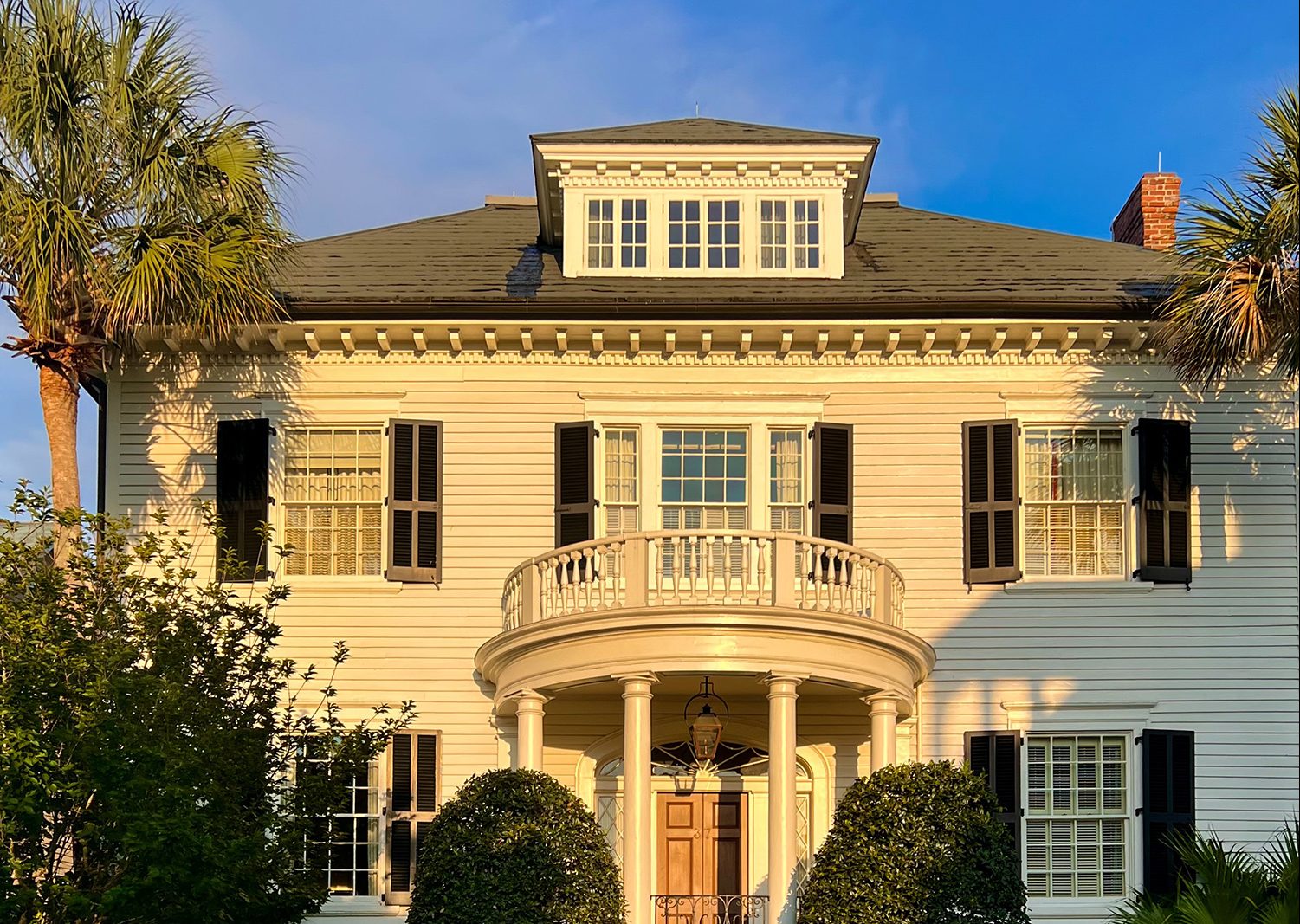Dormer windows come in a variety of shapes and sizes. They are loved by architects for their rich history and loathed by builders – especially when they add cost without any function other than aesthetic. Adding insult to injury, they can also be hard to build. However, in some instances, the juice just might be worth the squeeze.
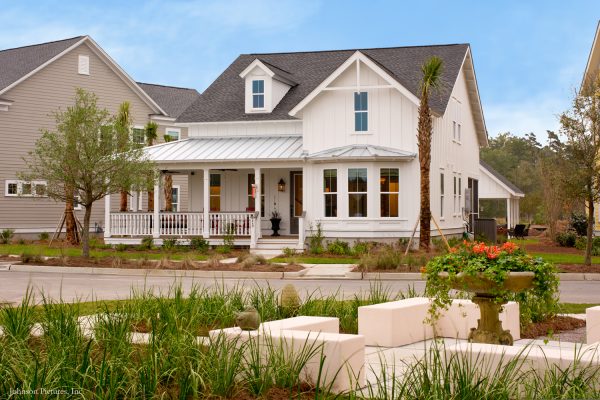
Form
There are two types of dormers based upon their place on the house: roof dormers and wall dormers. Roof dormers sit entirely on the roof of the home and setback from the eave. The front of a wall dormer is in line with the wall below. Both types of dormers come in a variety of roof forms: gabled, hipped, shed, and arched top. There are also eyebrow dormers – either gabled or arched that have no side walls. Finally, dormer windows can be inset into the roof.
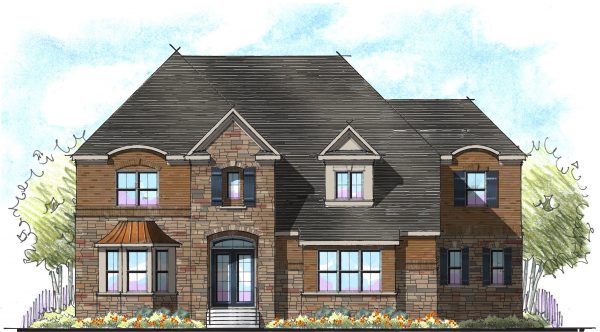
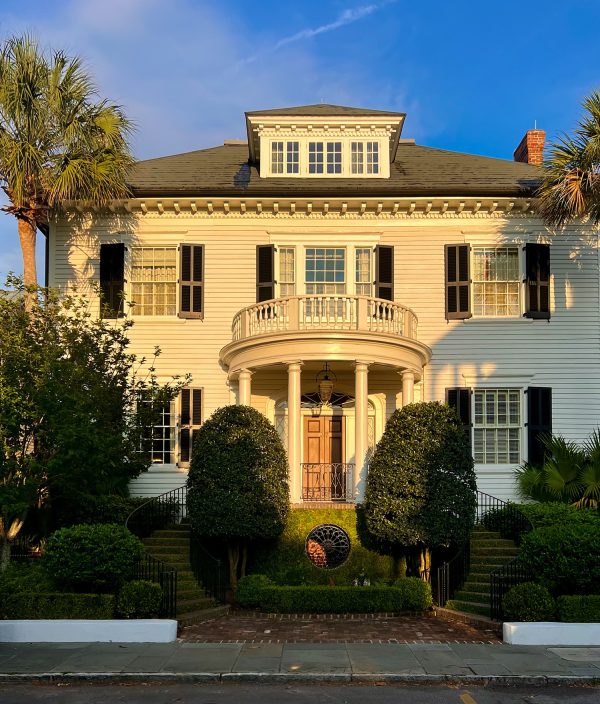
Number of Windows
A traditional Cape Cod dormer typically has only one window per dormer. It is also characterized by its 2 to 1 proportion – twice as tall as it is wide. But you can also find gabled dormer windows with two windows – such is the case with Craftsman and Bungalow style homes.
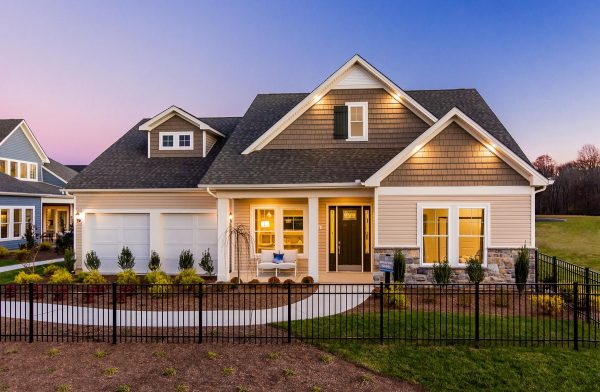
These dormers are typically much winder than the window, with siding or shakes on either side. Extending the roof of the dormer lower than the heads of the window gives the dormer a broad, more horizontal look.
Shed dormers are commonly seen with single, doubles, even triple windows.
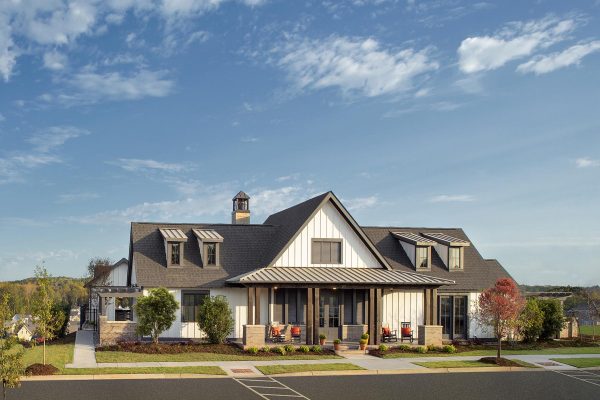
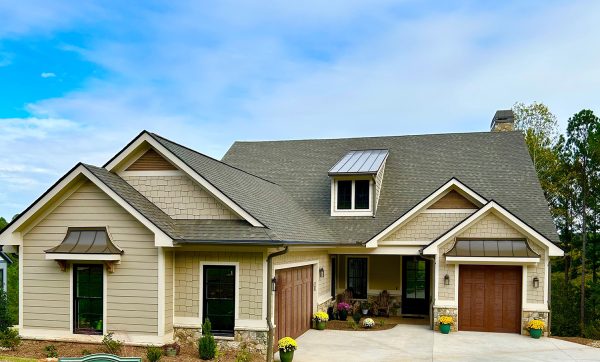
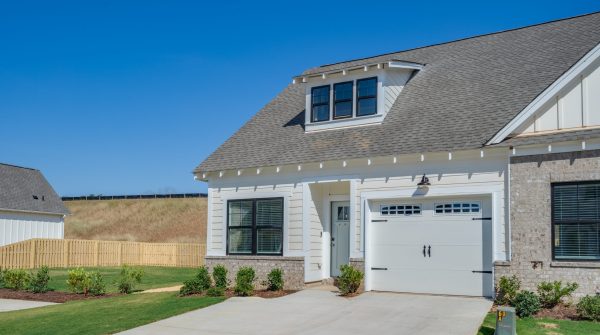
I have also seen shed dormers the width of the entire roof making them more of a room extension than just to add light and air.
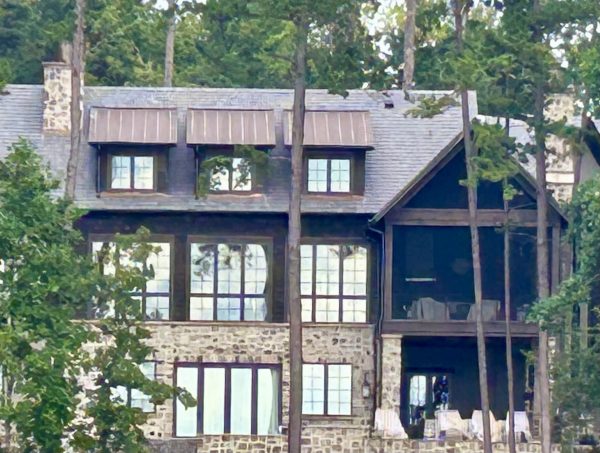
Number and Spacing
While there is no hard and fast rule about the number or how to space the dormers, three dormers seem to be the preferred number. Most often, they are equally spaced across the roof. But you may also see them where their spacing is dictated by the windows on the house below – either in line with the windows or in between.
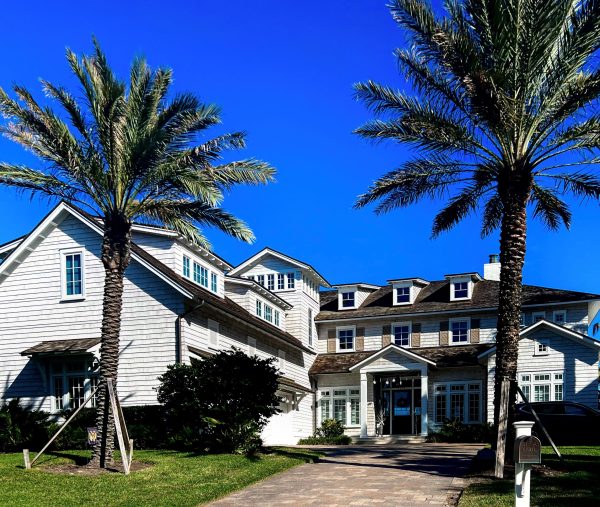
Function
The historical purpose of a dormer was to add light, space, and ventilation to an attic – thus turning it into livable space. They are especially useful when there is a height restriction on the overall structure, and you need more space.
It is not uncommon to see dormers that have no interior function. Their only purpose is to add interest to the home, break up a large roof, and/or satisfy an architectural style requirement. These dormers add a lot of cost without adding a lot of value.
Constructability
Many mistakenly design their Cape Cod style dormers windows too wide. A true Cape Cod dormer has only corner boards on either side of the window and no exposed siding between the window and the corner board. This means the interior width of a dormer is just the size of the window with no interior trim.
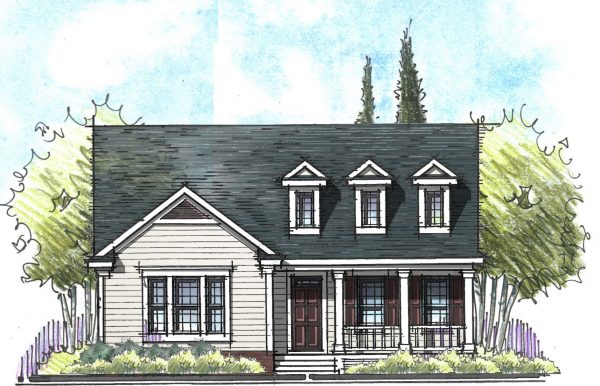
This is an easy thing to draw – but much harder to build.
I recently saw a home with three shed wall dormers closely spaced. The windows of the dormers were like large transom windows atop the windows below. It gave the home a very modern look.
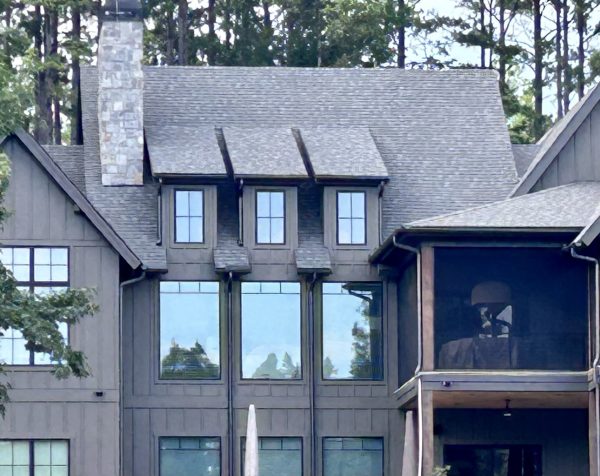
However, I wonder how far apart the fascias are on each dormer. It looks almost impossible to build – but I guess someone figured out how to build it. In this application, one larger shed dormer with three windows would have given the same appearance from the inside while being considerably easier to build.
Dormers can contribute to a rich and diverse streetscape when implemented properly – but is it worth the cost? I’d love to hear your thought on all dormer windows.
Categorized in: Uncategorized
This post was written by Housing Design Matters


